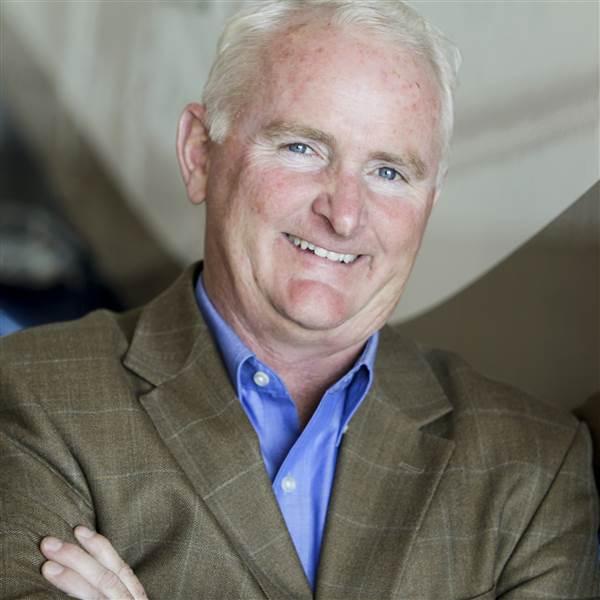President's Position: Where have all the airport kids gone?
How today’s youth will fall in love with flying
But times have changed, and it’s not so easy for kids to hang out at airports bumming rides. In a post-September 11 era and digital age, the way new pilots are discovering aviation is evolving, and we must evolve with the times. Safety and security concerns have altered the way we interact with local airports, and the youth of today are more likely to have their passion sparked through the internet. Although the excitement of being a pilot will never change, it’s up to us to find new ways to introduce GA to the next generation. The future of aviation depends on it.
The GA pilot population has been declining for nearly four decades, and we’ve reached a critical point. Something needs to be done and AOPA is working hard to turn things around and secure the freedom to fly for the pilots of tomorrow. To connect with the next generation of pilots, we’re reaching out to a broader audience—especially those who have never before been exposed to aviation—and we’re showing them that no matter their experience or background, everyone is welcome in this community.
The AOPA high school aviation-based science, technology, engineering, and math (STEM) curriculum is one part of this plan. We’re reaching an audience of young people who might never have imagined a career in aviation, and we’re showing them that it’s possible. Starting in the ninth grade, students can choose one of three pathways: pilot, drones, or aerospace engineering. The curriculum is designed to help students become college and career ready, and show them that there’s a place for them in this industry.
We’ve already tested the ninth-grade curriculum with more than 700 students in 17 states across the country. Starting in September, more than 80 schools and thousands of students will use the ninth-grade courses, while 25 schools will test the tenth-grade curriculum, which will be rolled out to all participating high schools the following school year. So far, we’ve had students and schools from across the spectrum—public, private, rural, suburban, and inner city—take part and find value in this program. It’s exciting to realize that some of these youngsters will one day design the aircraft we fly, and others will fly them.
Educators play a crucial role in inspiring and guiding young people. So, we’re also introducing hundreds of teachers and administrators to GA and giving them the skills and tools necessary to shape the minds of young aviators. Each year, these education leaders have an opportunity to participate in a unique aviation STEM symposium organized by AOPA to learn from industry experts and each other. This year, the AOPA High School Aviation STEM Symposium, hosted by UPS, will take place in Louisville, Kentucky, November 5 and 6. And we’re excited to have the president and chief operating officer of SpaceX, Gwynne Shotwell, as a keynote speaker. For more information on the curriculum and STEM symposium, go online (www.aopa.org/highschools).
AOPA is also proud to support other passionate aviators who have stepped up to introduce and welcome a diverse, younger audience into the fold in new and exciting ways. We sponsored the Young Aviators Fly-In at Triple Tree Aerodrome in South Carolina in June, and some of our staff flew out to join in the fun. It was a great way for newer, younger pilots to take part in the age-old tradition of a fly-in: camping out, sharing flying stories around the bonfire, checking out great airplanes, and being fully immersed in the GA lifestyle.
Events like the one at Triple Tree, where younger pilots are surrounded by peers while also enjoying the support and camaraderie of more experienced aviators, are exactly what this industry needs to connect with our past and build our future. Reaching younger pilots where they interact with their peers is another important part of securing the future of GA. AOPA recently introduced the FlyBy Crew, a group of younger aviators who share their aviation experience through social media. See “Follow Me to Adventure” on p. 70 for more on how the next generation of pilots is sharing their love of aviation in new ways.
Aviation has a powerful legacy, and we all can do our part to honor that legacy by welcoming new pilots into our ranks—it’s the best way to ensure GA will be around long after we’ve hung up our wings.
Email [email protected]



